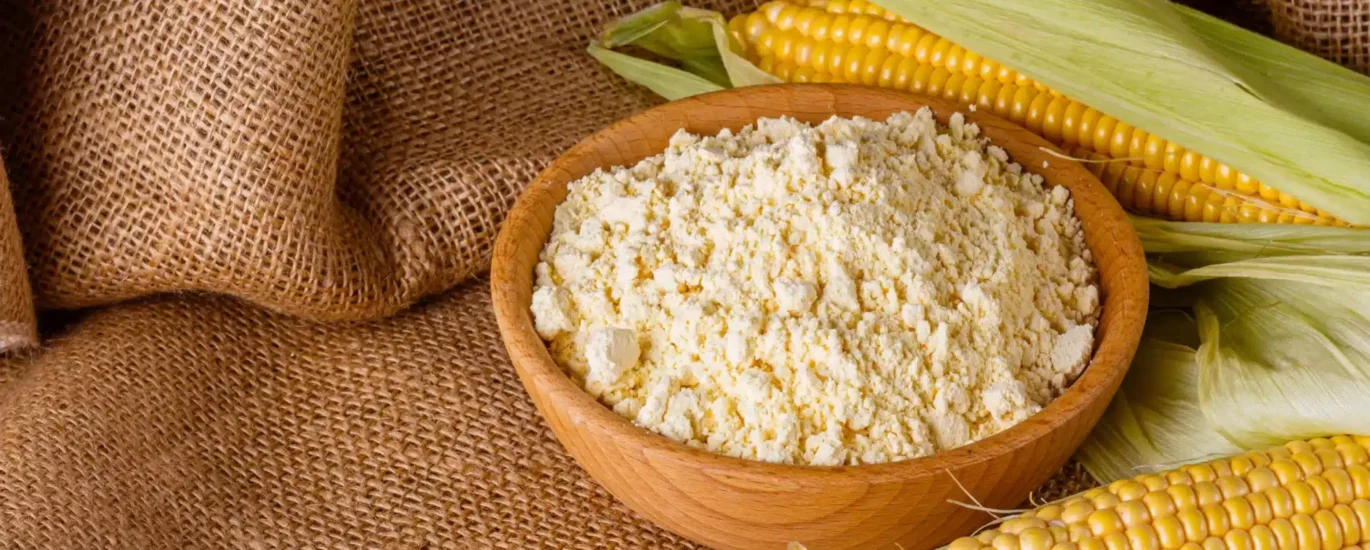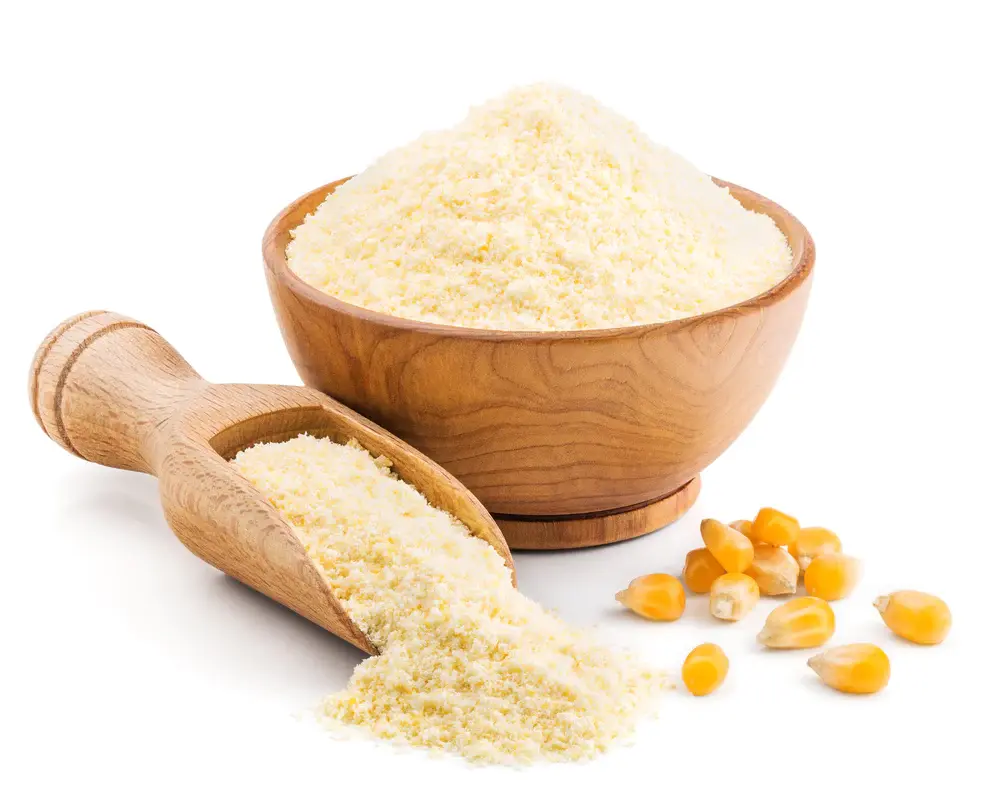


Have you ever heard of gluten-free diets? They have become really popular lately, with more and more people choosing to avoid gluten in their food. Gluten is a substance found in certain foods that can cause problems for some people. It can make their tummies feel upset and cause other health issues. One food that often confuses people is cornflour. Some people think cornflour is gluten-free, while others are not so sure. They worry that cornflour might have a little bit of gluten in it.
In this article, we will explore the answer to the question: Is cornflour gluten-free? We will learn all about cornflour, where it comes from, and what it is made of. We will also talk about gluten and why some people need to avoid it. By the end, you will know if cornflour is safe to eat if you are on a gluten-free diet.
Gluten is a substance found in certain types of foods. It is like a sticky glue that helps hold food together. Gluten is made up of proteins, which are a kind of nutrient. While most people can eat gluten without any problems, there are some people who have to avoid it because it can make them feel sick. Common sources of gluten include wheat, barley, and rye. These grains contain a high amount of gluten. So, foods like bread, pasta, and cookies that are made with wheat flour usually have gluten in them. However, you might wonder by knowing that gluten can hide in other unexpected foods too, like soups, sauces, and even some candies.
For people with gluten-related disorders, such as celiac disease or gluten sensitivity, it is important to follow a gluten-free diet. Celiac disease is a condition where the body reacts badly to gluten, damaging the small intestine and causing various health issues. People with gluten sensitivity may experience digestive problems and discomfort when they eat gluten. For these people, avoiding gluten is necessary to stay healthy and feel better.
Having gluten-free options is really important for people with gluten-related disorders. It allows them to enjoy a wide variety of foods while avoiding gluten. Gluten-free alternatives are made with different grains, like rice or corn, which do not contain gluten. These options provide people with the opportunity to still enjoy delicious meals and treats without worrying about gluten making them sick.
Cornflour is a type of flour made from corn, which is also known as maize. Corn is a tall plant with yellow kernels that grow on cobs. It has been an important food source for many cultures around the world for centuries.
To make cornflour, the corn kernels are first dried and then ground into a fine powder. This powder is what we call cornflour. It has a soft and silky texture, similar to other types of flour.

Now, it’s important to understand the differences between cornmeal, cornstarch, and cornflour. Cornmeal is made by grinding dried corn kernels into a coarser texture. It has a slightly grainy consistency and is often used in dishes like cornbread or as a breading for fried foods. Cornstarch, on the other hand, is a refined white powder that is extracted from the starchy part of the corn. It is mainly used as a thickening agent in cooking and baking.
When it comes to nutritional value, cornflour is relatively low in fat and protein. It is primarily contain carbohydrates, which provide energy to our bodies. Cornflour also contains small amounts of fiber, vitamins, and minerals. However, it is important to note that cornflour alone may not provide all the essential nutrients our bodies need, so it’s important to have a balanced diet that includes a variety of foods.
Cornflour has a variety of common uses in cooking and baking. We can use it as a thickener in soups, sauces, and gravies. We can also use it to make puddings, custards, and certain types of cakes. In gluten-free baking, cornflour is often combined with other gluten-free flours to create a suitable replacement for wheat flour.
Cornflour is naturally gluten-free as it is derived from corn, which does not contain Gluten. However, there are factors to consider regarding its gluten-free status.
The gluten content in cornflour is a topic of concern due to the possibility of cross-contamination during processing. Cross-contamination can occur when equipment used for processing cornflour is also used for gluten-containing grains like wheat, barley, or rye.
There is a distinction between naturally gluten-free cornflour and certified gluten-free cornflour. Naturally gluten-free cornflour is made from corn and does not contain gluten. However, cross-contamination risks can still exist. Certified gluten-free cornflour undergoes rigorous testing and is produced in dedicated facilities to minimize the risk of cross-contamination.
Different manufacturing practices play a role in determining gluten content. Facilities that handle both gluten-containing and gluten-free products should have protocols in place to prevent cross-contamination. Despite precautions, there is always a small risk of cross-contamination, making it important for people with gluten-related disorders to seek certified gluten-free cornflour or trusted brands with strict manufacturing practices.
By being aware of potential cross-contamination risks and opting for certified gluten-free cornflour or trusted brands, people can make informed choices and reduce the chances of consuming gluten unintentionally.
Celiac disease is a serious condition where gluten harms the body, causing problems in the intestine and affecting how nutrients are absorbed. It can lead to various health issues if not managed properly. Gluten sensitivity is when people feel sick after eating gluten, but it doesn’t cause the same damage as celiac disease. Symptoms can include tummy troubles, tiredness, headaches, and mood changes. For people with celiac disease or gluten sensitivity, it’s important to avoid gluten completely. They need to find gluten-free alternatives to replace foods like bread and pasta.
Choosing gluten-free options helps those with gluten-related disorders feel better and stay healthy. There are many gluten-free alternatives available, like rice and corn-based products, that allow people to enjoy tasty meals without worrying about gluten. By following a gluten-free diet, people with celiac disease or gluten sensitivity can feel better and improve their quality of life. It is important to be aware of hidden sources of gluten and choose certified gluten-free products for safety and peace of mind.
For individuals avoiding gluten, there are plenty of safe alternatives to wheat flour. Some popular gluten-free flours include:
By exploring alternative flours and incorporating cornflour into gluten-free recipes, individuals can enjoy a wide range of delicious and safe meals. Remember to follow specific recipes and adjust ratios as needed to achieve the desired results.
Read Also: Is Corn Good For Weight Loss? Interesting Facts You Should Know
Cornflour can be a safe option for individuals following a gluten-free diet, as long as it is certified gluten-free and there is no risk of cross-contamination. Understanding the differences between cornmeal and cornflour, as well as their various uses, is essential. Gluten-free certifications and labeling play a crucial role in helping individuals identify suitable products, and it is advisable to look for trusted third-party certifications. For those with gluten-related disorders, including celiac disease and gluten sensitivity, it is important to choose gluten-free alternatives and follow a strict gluten-free diet. By exploring safe alternatives and incorporating cornflour into gluten-free recipes, individuals can enjoy a diverse range of delicious and nutritious meals while staying healthy and maintaining their well-being.
Read Also: Is Corn Good For Diabetes? Here’s All You Need To Know
Read Also: Tongue Health Chart: The Link Between Oral Health And General Health